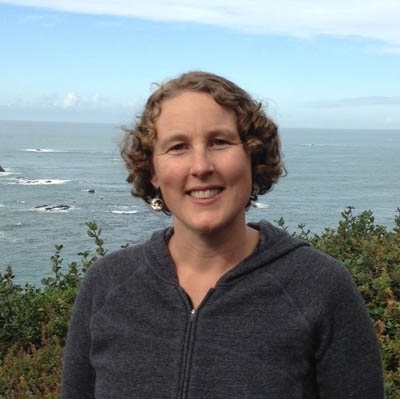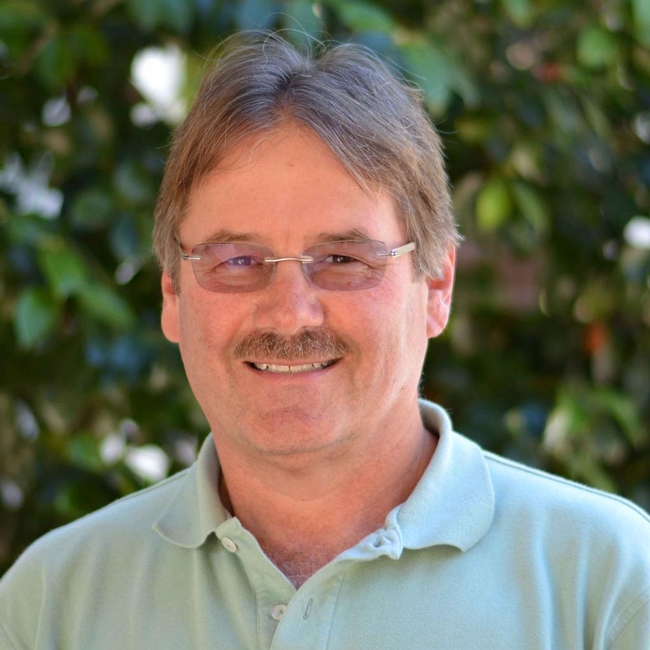North Coast forests are more dense and dry, fueling fires
Five of California's six largest fires have occurred in 2020, reported Julie Cart in CalMatters.
“There is a collective sensation that we are reaching a tipping point,” said Lenya Quinn-Davidson, a fire specialist with the University of California Cooperative Extension. “This year was not just the fluke burning horrifically. This is 3.2 million acres of fire that burned in a month.”
Quinn-Davidson is based in Humboldt County, with typically rainy, foggy redwood forests. However, she said, the forests don't resemble their former state.
"They are suffering from the same things that the rest of the state forests are. They are poorly managed and have fuels buildup," Quinn-Davidson said.
Redwood and pine forests are many times more dense than at any time in their history.
"We are now entering a new regime, the climate is changing and we are seeing drier conditions and we are seeing a longer fire season. We are not getting that fall precipitation," she said.
The state's 2018 Fourth Climate Assessment included dire predictions for the North Coast: “Future wildfire projections suggest a longer fire season, an increase in wildfire frequency, and an expansion of the area susceptible to fire.”
Average annual maximum temperatures in Mendocino, Humboldt, Del Norte, Lake, Trinity and Siskiyou Counties could increase by as much as 9 degrees through the end of the century, the report concluded.
“The weather and climate is impacting these areas. Last year we were at 60% of average precipitation. We're drier than normal,” said Scott Stephens, a fire scientist at UC Berkeley. “So when lighting strikes, you get an overwhelming number of ignitions in fuels that have been preconditioned to burn.”
The fog that reliably blankets the North Coast is dissipating. Research from UC Berkeley found that fog frequency has declined by a third compared with a century ago.
“Even here in Humboldt County — we are right on the ocean, basically in a rainforest — people are starting to look around and say, ‘Is my house ready for a wildfire?' I'm hearing those conversations,” Quinn-Davidson said.


